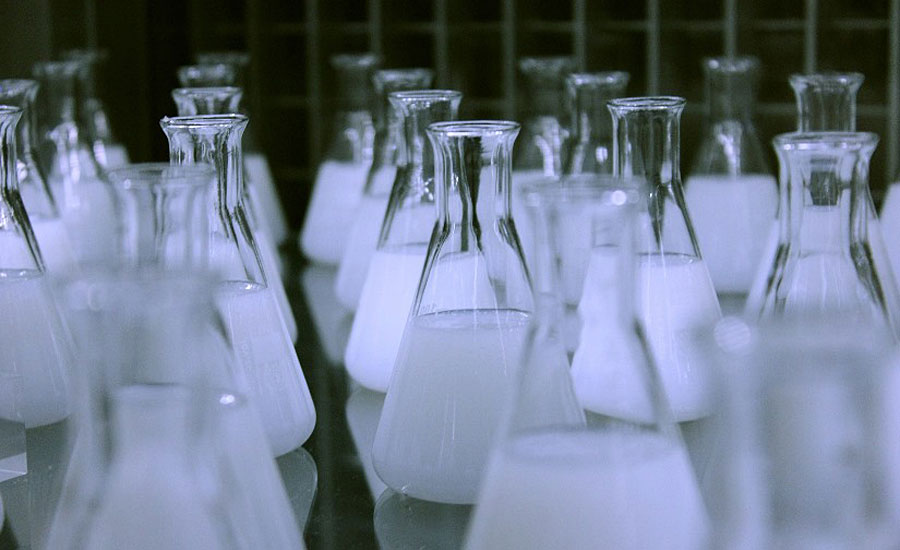BASF Inaugurates Acrylic Acid Complex in Brazil

CAMAÇARI, Brazil – BASF inaugurated its world-scale production complex for acrylic acid, butyl acrylate and superabsorbent polymers in Camaçari, Bahia, Brazil. These are the first plants for acrylic acid and superabsorbent polymers in South America. The complex has a capacity of 160,000 tons of acrylic acid per year. The investment of more than €500 million is the largest in BASF’s more than century-long history in South America.
Butyl acrylate, an important derivative of acrylic acid, is used to produce adhesives, construction chemicals and decorative paints.
“This complex will secure national and regional supply of products that are currently imported,” said Ralph Schweens, President of BASF in South America. “In addition, it will positively impact the local economy by encouraging investment and innovation in the region and attracting new companies to the Camaçari industrial area,” he added.
The construction of the new complex started in March 2012. The three plants at the complex have created 230 direct jobs and 600 indirect jobs in the region. Brazilian employees were trained at BASF sites in the United States, Belgium and China and are now bringing their expertise to South America.
In addition to the new Camaçari complex, BASF will convert its butyl acrylate plant at its existing site in Guaratinguetá near São Paulo to produce 2-ethylhexyl acrylate, an important raw material for the adhesive and coatings industries. This will be the first plant of its kind in South America. Production is expected to start in 2016 and will be based on acrylic acid produced in Camaçari.
Looking for a reprint of this article?
From high-res PDFs to custom plaques, order your copy today!






